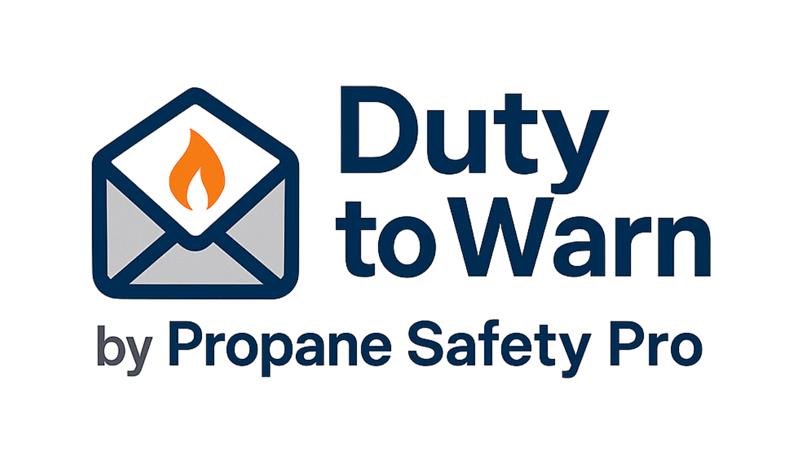Global Trends Shaping Propane Economics

Like any energy sector, the propane market is intricately tied to the ebbs and flows of the global economy. Significant economic shifts worldwide, whether arising from geopolitical movements, policy changes, or financial trends, have a domino effect on propane pricing, subsequently influencing delivery service strategies. This article unpacks the relationship between these global economic dynamics and the propane industry, offering insights into how businesses adapt their approach in response.
Propane Pricing: A Global Economic Barometer
Propane’s price volatility is inherently linked to a multitude of global factors. It’s not just the domestic supply and demand metrics that affect pricing, but a web of international dependencies. These include:
1. Oil Market Fluctuations:
Given that propane is a byproduct of crude oil refining, any fluctuation in oil prices directly impacts propane costs. Global events affecting the oil market, such as geopolitical tensions, trade policies, or OPEC decisions, can have a ripple effect on propane pricing.
2. Geopolitical Dynamics:
Political stability, policy shifts in energy production, and international relations can sway propane prices. Sanctions, trade agreements, or conflicts affecting countries that are major producers or consumers of propane or crude oil can create market instabilities.
3. Global Supply Chains:
The propane industry relies on global supply chains for both procurement and distribution. Disruptions in these networks, possibly due to global health crises, natural disasters, or political conflicts, can lead to supply constraints or gluts, impacting prices.
4. Economic Trends:
Broader economic trends, like recessions or booms, affect consumer and industrial energy consumption, influencing the demand for propane. Additionally, the currency’s strength can make imports either cheaper or more expensive, altering cost structures.
Adapting Delivery Service Strategies
In light of these price volatilities, propane delivery companies are compelled to strategize dynamically to maintain profitability while offering competitive prices. That goal can be accomplished by implementing these initiatives:
1. Flexible Pricing Models:
To accommodate fluctuations, businesses are adopting more fluid pricing structures, such as tiered pricing or indexed rates. Such models provide a buffer against sudden cost increases and a transparent approach that customers can appreciate.
2. Operational Efficiency:
To counterbalance price instabilities, companies are optimizing operations to reduce costs. This includes efficient route planning, inventory management, and investing in technology to minimize waste and maximize productivity.
3. Supply Diversification:
Relying on a single supply source is risky. Companies are diversifying procurement engaging with multiple suppliers to mitigate risks associated with geopolitical or trade disruptions.
4. Customer Communication:
Proactively engaging customers about global trends and their impact on pricing can build trust. Companies are using various platforms to keep customers informed about why prices might fluctuate and how they are proactively managing these changes.
5. Strategic Reserves:
Some larger providers maintain strategic reserves of propane to shield their operations and customers from the immediate impact of supply disruptions or significant price hikes in the global market.
Conclusion
The impact of global economic shifts on propane pricing is complex. For propane delivery businesses, navigating through these uncertainties requires a keen understanding of international market dynamics and agile operational and strategic responses. By fostering efficiencies, diversifying supply chains, employing flexible pricing, and maintaining transparent communication, companies can buffer themselves and their customers against the unpredictable nature of global economic trends. Resilience in this sphere hinges on adaptability and the foresight to anticipate and prepare for these economic ripples before they hit.














